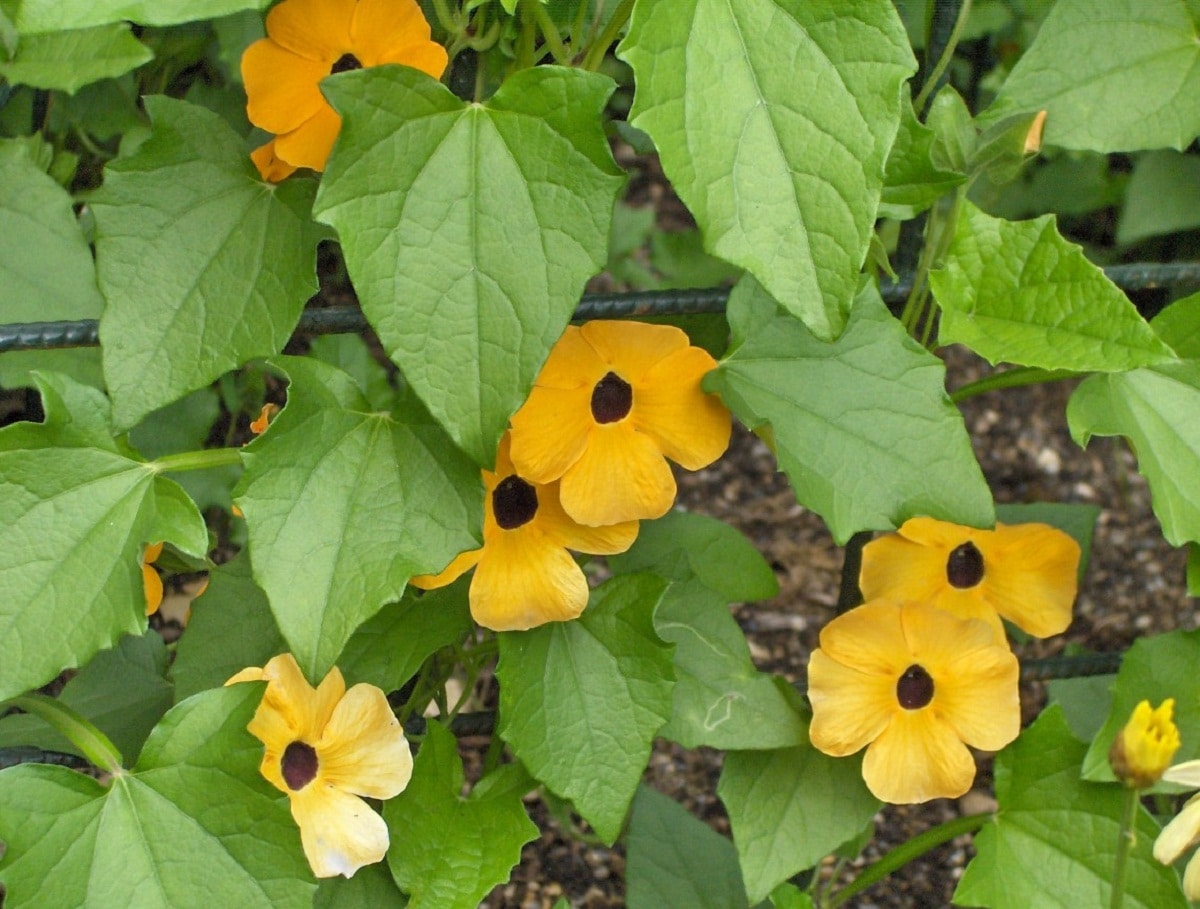
Climbing plants are always pretty, but the most beautiful are those that, in addition to their leaves, give away their colorful flowers. The reason is quite clear, it can improve the appearance of any garden, front of house and even completely cover a wall in poor condition.
Of course, not all climbing plants have this potential to change and improve the view of a home, since they do not have the attractiveness that is usually sought and there are also many species that are climbers but tend to be weeds or weeds. Luckily, the one known as poet's eyes It is very interesting
Features
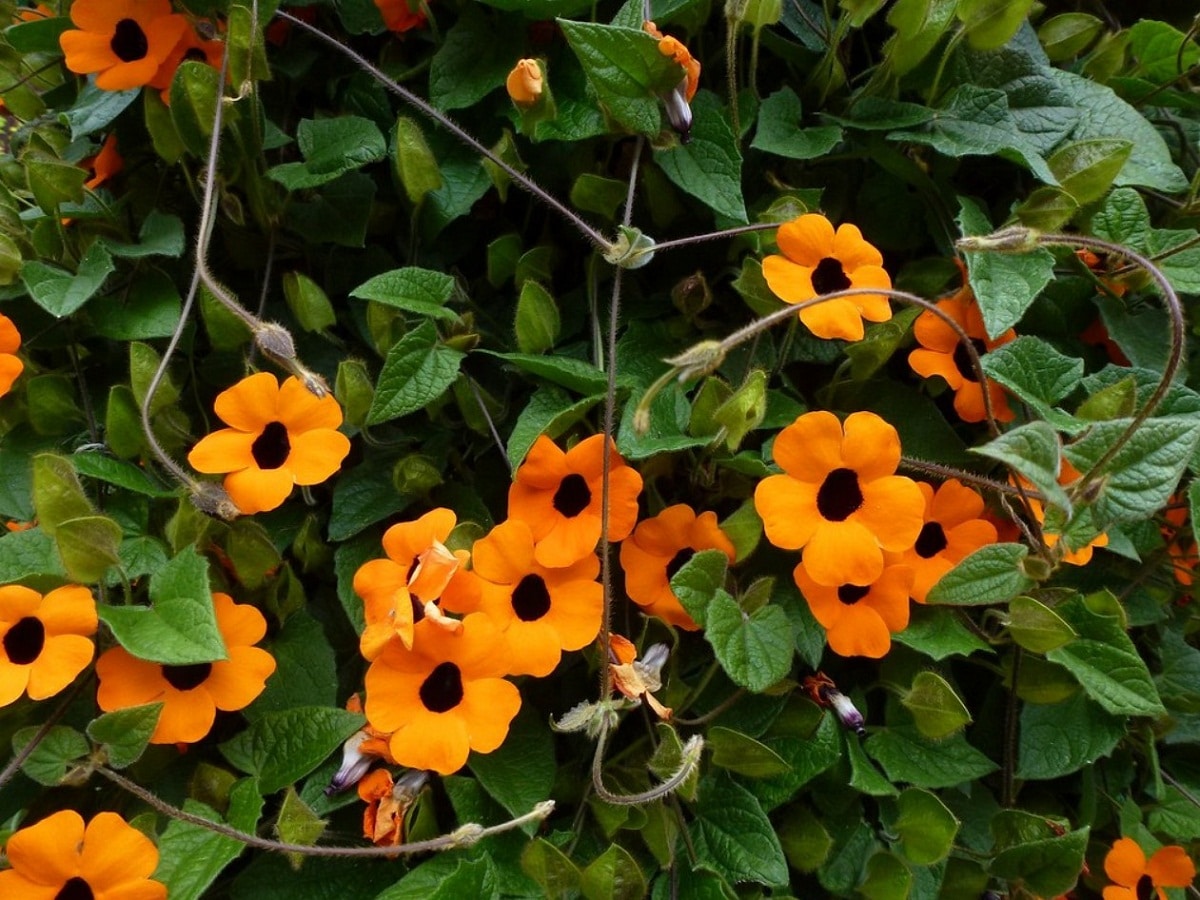
One that captivates the eye is the Thunbergia alata, a climbing plant that is better known as poet's eyes. It is ideal to have in places that we want to highlight Well, in addition to providing a green mantle, it gives color and harmony.
In addition to being known as the eyes of a poet in some places, the vulgar name by which she is recognized is Susana with black eyes.
In both cases we speak of a climbing plant native to southern Africa and whose flowering occurs from mid-spring to late fall, so it is possible to enjoy its orange flowers for several months.
The life of this plant exceeds two years and it can reach an average height of two meters although the largest specimens reach 3 meters in height. The flowering of this climber is very abundant and that is why it stands out in a green landscape.
The most common is that the flowers are orange, although it is possible to find white, yellow and blue varieties. The leaves are opposite and have a slightly serrated edge while the stems form whorls.
Once fall is over, the flowers drop but it is still possible to enjoy the plant as it retains its soft green foliage. If you still cannot differentiate the flower of this plant from another, it is quite easy because of its colors. You just have to look first at the characteristic yellow color, then go to the central part and see if this section is brown or not.
If it is, then you have a Thunbergia alata at your fingertips. What's more, the shape of the leaves tends to be very similar to the tip of an arrow. The sowing of the plant is done from seed and germination occurs about two weeks later. The transplant should be done during the spring.
Plant care
If you want to have the poet's eyes plant at home, you should know that this plant needs sunlight, although it also adapts without problems to semi-shady places. During the summer, the plant should not be exposed to sunlight, so you can place it in a more protected place
The soil must be rich in organic matter, neutral and fresh, without forgetting that it must have good drainage. Even so, it is good to water moderately throughout the year as it is a plant that does not need too much water.
However, as the flowering stage approaches it is advisable to increase watering always taking care not to overdo it. For the plant to develop in optimal conditions, you can also pay every 15 days using a mineral fertilizer.
How to cultivate poet's eyes at home?
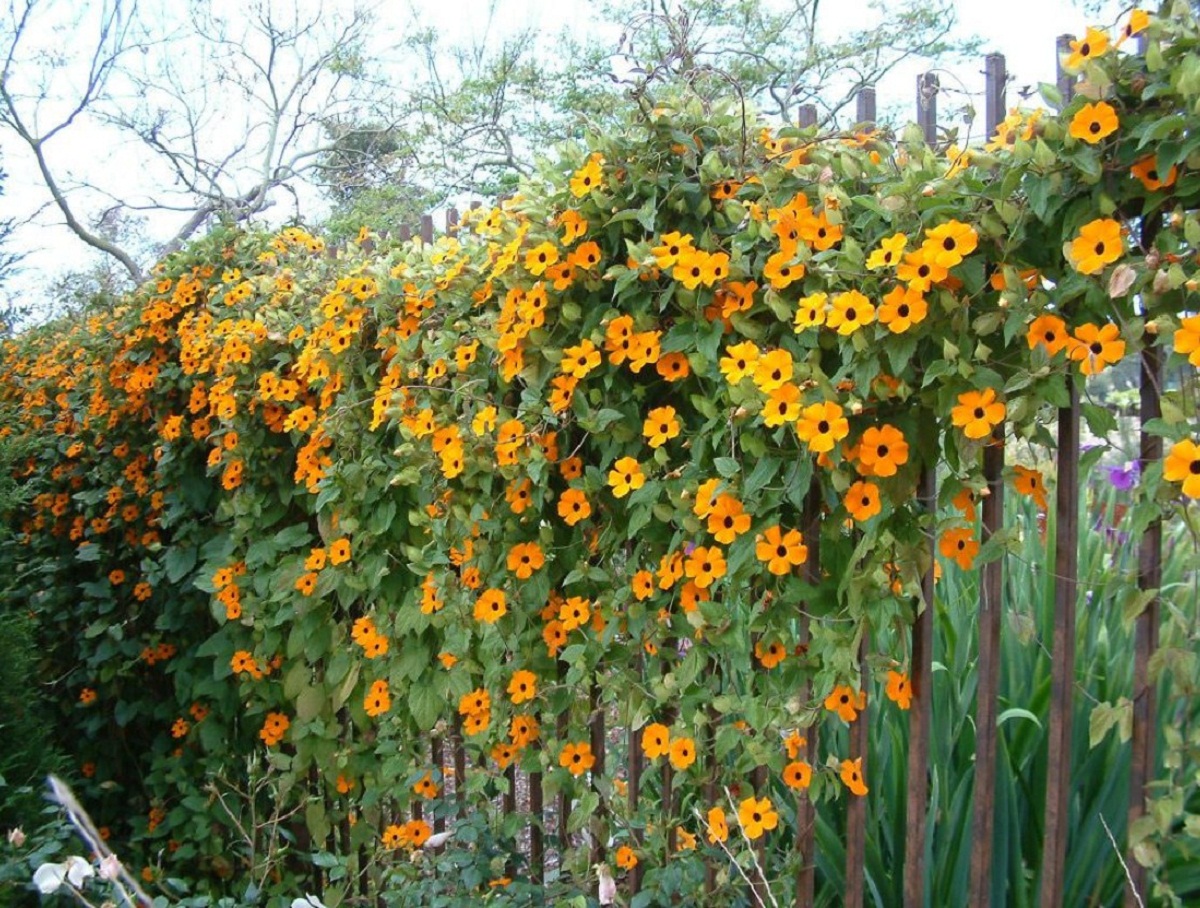
Having this plant grown and propagated throughout the house and garden is something spectacular and beautiful. However, not everyone knows how to achieve its cultivation.
The main thing you have to understand is that this plant has characteristics of vines, so you will need a structure to be able to adhere and manage to expand according to the shape and place you want it to cover.
Easily you can create a structure as if it were a mesh and then place it on a wall a few inches apart. Although you can also have it in a large pot and place this same structure inside the pot.
The latter is much more attractive and feasible, since there are seasons in the year where you have to protect the plant from the ambient temperature, so having it in a pot like this is much easier to move it to a more stable place.
Please note that if you do not own a trellis or fence, it does not matter, the plant is able to adhere to almost anything you find in your path, that includes poles, other plants and dead logs.
Amount of sunlight
The plant has the particularity of adapting to spaces where they are receiving direct sunlight or being in semi-shade, you have this great advantage with the mentioned species. However, if you are looking for more flowers, then you should grow in full sun.
Of course, you do not have to consider this, since you cannot leave it in a place where the sun shines on it most of the day. You should keep it in a place where it only receives 6 hours of direct sunlight.
It should be noted that for places where the climate is warm and with low humidity, you have to keep it in semi-shady places.
Soil type
As always, you need a soil with good water drainage to prevent the roots and stem at their base from rotting. In the same way, the soil where the poet's eye plant will be planted it has to be rich in organic matter.
This is essential for its growth and development, since its life and durability as a living wall depend on it.
It should be noted that the pH level of the soil has to be neutral. Although this does not limit people who want to have this plant, to use organic or universal fertilizer before proceeding with the planting.
Temperature and humidity
Generally, humidity is not a big problem for this perennial species. However, you have to take great care of this aspect since in climates or areas where environmental conditions are very dry, you have to make sure that the humidity of the earth is constant.
In areas where the temperature is cold, the plant must be removed from the environment in which it is growing and away from the cold of winter. It is only enough to move them inside the house when it is in winter.
Growth by seeds
Having this plant in your garden or on the outskirts of it is quite simple. You only have two options. The first one is to buy an already growing plant with a height of no more than 50 cm. The other option is to do it using the seeds of the plant itself.
Keep in mind that if you opt for the second option, you may get a bit more expensive, since it is a seed that is very difficult to collect. But if you have the purchasing power to buy them, all you have to do is start with 6 seeds.
These you must sow them inside your pot or place them on the ground where you want them to grow. Of course, you have to do it 8 weeks before the date on which the first frost will occur. Mandatory that this requirement is met.
In the same way, before proceeding with the planting of the seeds, you should soak the seeds that are large and hard in water, at least for a couple of days just before planting.
An important point that you have to always keep in mind is that the plant does not like the integrity or condition of its roots to be disturbed, so it is better to start growing this species in mobs or, failing that, paper-based pots or some material of the same hardness and / or rigidity.
To finish this section, when you are going to place the seeds in the pot or on the ground, keep in mind that you should do it at approximately 2 centimeters deep and wait for these to germinate within a maximum period of 3 weeks.
Plagues and diseases
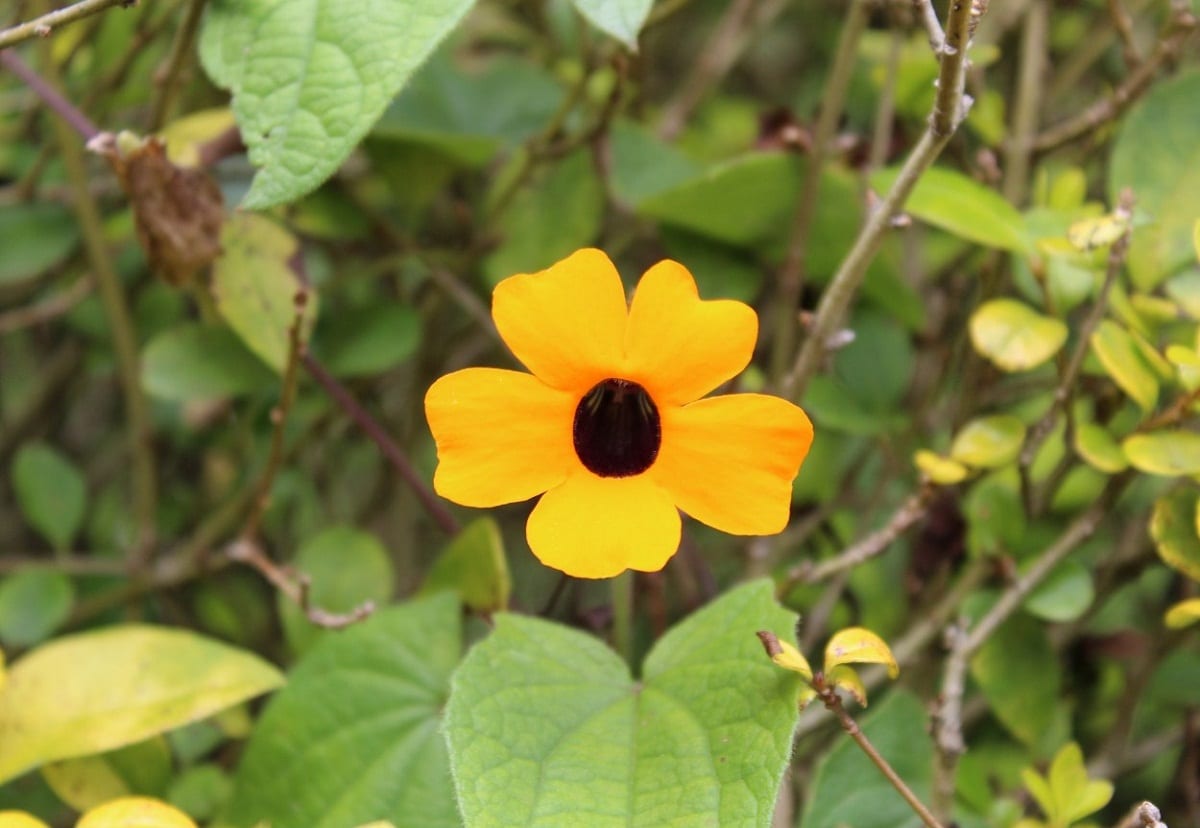
This point is very important for most and especially those who have this species in the germination process, since the poet's eye it is not prone to damage from pests or diseases.
What is a fact is that air circulation, the amount of water and the excessive amount of sun can be factors that affect the integrity of the plant. However, this is not all.
There is an animal known as the whitefly, which is a potential problem that you should consider. Like mites that tend to damage the plant.
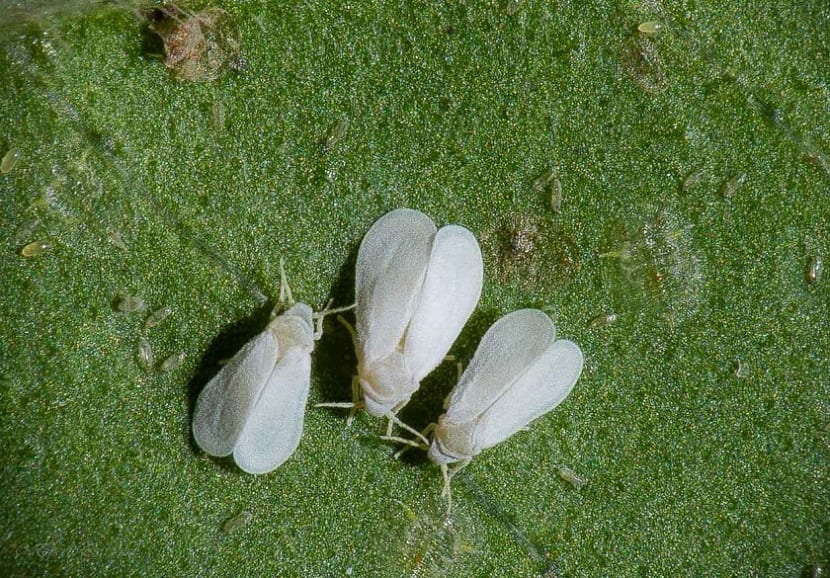
Therefore, always have some kind of insecticidal soap on hand (on sale here) to help you combat these two problems in case you notice that they are appearing. Of the rest, it could be said that the plant is free of any other problem.
Is this plant suitable for hanging pots or is it too big?
Hi Hazel.
It's great for hanging pots; However, you can have it as you have potos (Epipremnum aureum), in a pot on the ground with one or more bamboo canes (or other types of stakes).
A greeting.
Hello! a query .. by cutting does not reproduce?
Hi Pamela.
Yes, it can be reproduced by cuttings. In spring you have to cut a piece of about 10 centimeters from the end of the stem below a bud or node (it is a protuberance from which the leaves sprout), and then you put it in water, which you will have to change daily.
Greetings.
I plant it in my garden. I want it to cover a fence, will I have to put a grid on it to cover it or will it climb the walls by itself?